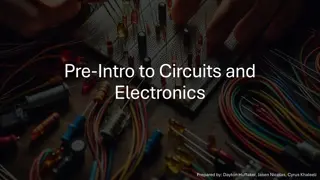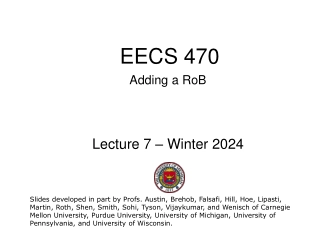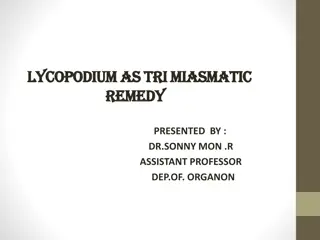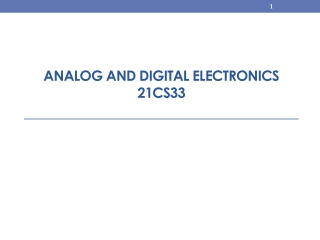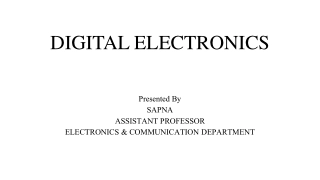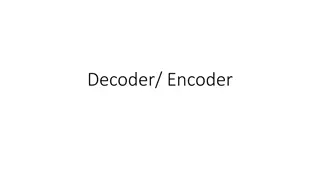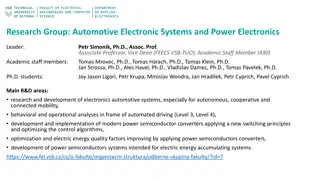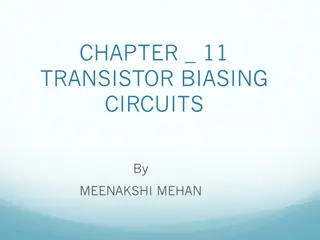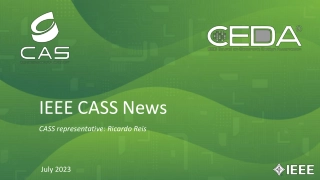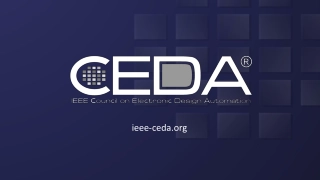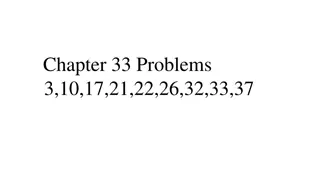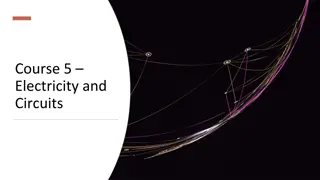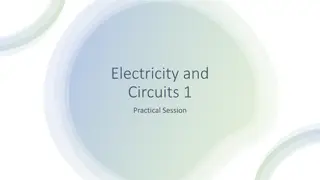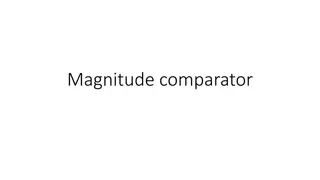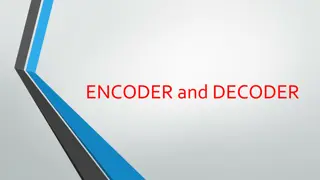Understanding Tri-State Buffers in Electronics Circuits
Tri-state buffers, such as the 74LS241 and 74LS240, play a crucial role in electronic circuits by allowing devices to connect to a shared bus without causing damage or data loss. These buffers help prevent contention issues where multiple devices try to send data simultaneously, potentially causing short circuits and damage. Learn how tri-state buffers function and why they are essential in modern electronics design.
Download Presentation

Please find below an Image/Link to download the presentation.
The content on the website is provided AS IS for your information and personal use only. It may not be sold, licensed, or shared on other websites without obtaining consent from the author. Download presentation by click this link. If you encounter any issues during the download, it is possible that the publisher has removed the file from their server.
E N D
Presentation Transcript
Tri state buffer digital buffer circuit whose output can be electronically disconnected from its output circuitry when required. This type of Buffer is known as a 3-State Buffer or more commonly a Tri-state Buffer.
Active HIGH Tri-state Buffer (74LS241 octal buffer)
Active HIGH Inverting Tri-state Buffer (74LS240 octal buffer,)
Tristate octal bidirectional buffer IC 74245 (octal bus transreceiver) Enable G Direction control DIR Operation L L B data to A Bus L H A data to B Bus H isolation
The Tri-state Buffer is used in many electronic and microprocessor circuits as they allow multiple logic devices to be connected to the same wire or bus without damage or loss of data. For example, suppose we have a data line or data bus with some memory, peripherals, I/O or a CPU connected to it. Each of these devices is capable of sending or receiving data to each other onto this single data bus at the same time creating what is called a contention.
Contention occurs when multiple devices are connected together because some want to drive their output high and some low. If these devices start to send or receive data at the same time a short circuit may occur when one device outputs to the bus a logic 1 , the supply voltage, while another is set at logic level 0 or ground, resulting in a short circuit condition and possibly damage to the devices as well as loss of data.
Digital information is sent over these data buses or data highways either serially, one bit at a time, or it may be up to eight (or more) wires together in a parallel form such as in a microprocessor data bus allowing multiple tri-state buffers to be connected to the same data highway without damage or loss of data as shown








